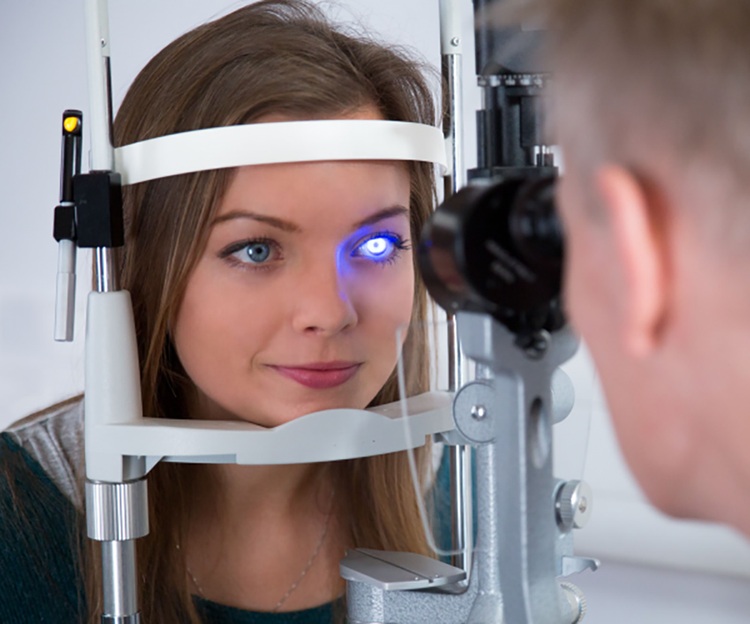Understanding Vision Tests and What They Check
A vision test is a set of examinations used to evaluate how well your eyes work, detect common problems such as refractive errors, and assess aspects of visual function beyond simple acuity. These tests are performed in many settings including optical clinics, primary care offices, schools, and community health events, and they form a routine part of maintaining vision health across the lifespan. Knowing what a vision test covers helps you interpret results, plan follow-up eye care, and connect with appropriate community services if needs are identified.

This article is for informational purposes only and should not be considered medical advice. Please consult a qualified healthcare professional for personalized guidance and treatment.
What does a vision test check for in vision health?
A standard vision test typically measures visual acuity — how clearly you see at distance and near — using charts or screens. Beyond acuity, many exams screen for color vision deficiencies, binocular vision problems (how both eyes work together), and contrast sensitivity. Optometrists and ophthalmologists may also assess eye movement, peripheral vision, and pupil responses. Results help identify refractive errors like nearsightedness or astigmatism, and can point toward signs of eye diseases that require further diagnostic testing or medical treatment to protect long-term vision health.
How does vision screening fit into eye care routines?
Vision screening is a quick, targeted check intended to identify people who may need a full eye exam. Screenings are often used in schools, workplaces, and primary care settings to flag refractive issues or obvious signs of ocular disease. A screening does not replace a comprehensive eye exam by an eye care professional; it is a triage tool to determine who should receive more detailed testing. Regular comprehensive exams remain important for monitoring changes in eye health, updating prescriptions, and detecting issues that a brief screening might miss.
Where can public programs assist with vision needs?
Public programs often provide resources for people who lack routine access to eye care. These can include subsidized screening programs, voucher schemes for glasses, and referrals for low-income or uninsured individuals. Programs vary widely by region and may be run by local health departments, school districts, or non-profit organizations. If cost or transportation is a barrier, searching for community-based initiatives or local services through public health offices can reveal options for no-cost or reduced-cost vision screening and follow-up care.
What role do community services play in vision screening?
Community services extend access to vision screening by hosting clinics in community centers, schools, senior centers, and mobile units. These services often coordinate with optometrists, ophthalmologists, and social service agencies to ensure people receive referrals and follow-up care when a screening indicates a potential problem. Community services may also provide education about eye safety, vision health maintenance, and how to navigate insurance or public programs for eye care. This network approach helps bridge gaps between initial screening and comprehensive clinical treatment.
When should you seek formal eye care after a vision test?
Seek formal eye care if a vision screening indicates reduced acuity, new visual disturbances, persistent eye pain, flashes or floaters, sudden changes in vision, or signs of infection. Children who fail school screenings should be referred for a full eye exam to support learning and development. Adults with chronic conditions like diabetes or hypertension should have regular, comprehensive eye exams even when they pass a basic screening, because some eye diseases develop without noticeable early symptoms. Discuss recommended follow-up intervals with an eye care professional based on individual risk factors.
Conclusion
Vision tests and screenings are essential tools for maintaining vision health and guiding timely eye care. They help identify refractive errors, flag potential ocular disease, and connect individuals to public programs and community services when further care is needed. Understanding what a vision test covers and how to act on its findings supports better outcomes for people of all ages and helps ensure appropriate follow-up with qualified eye care professionals.






